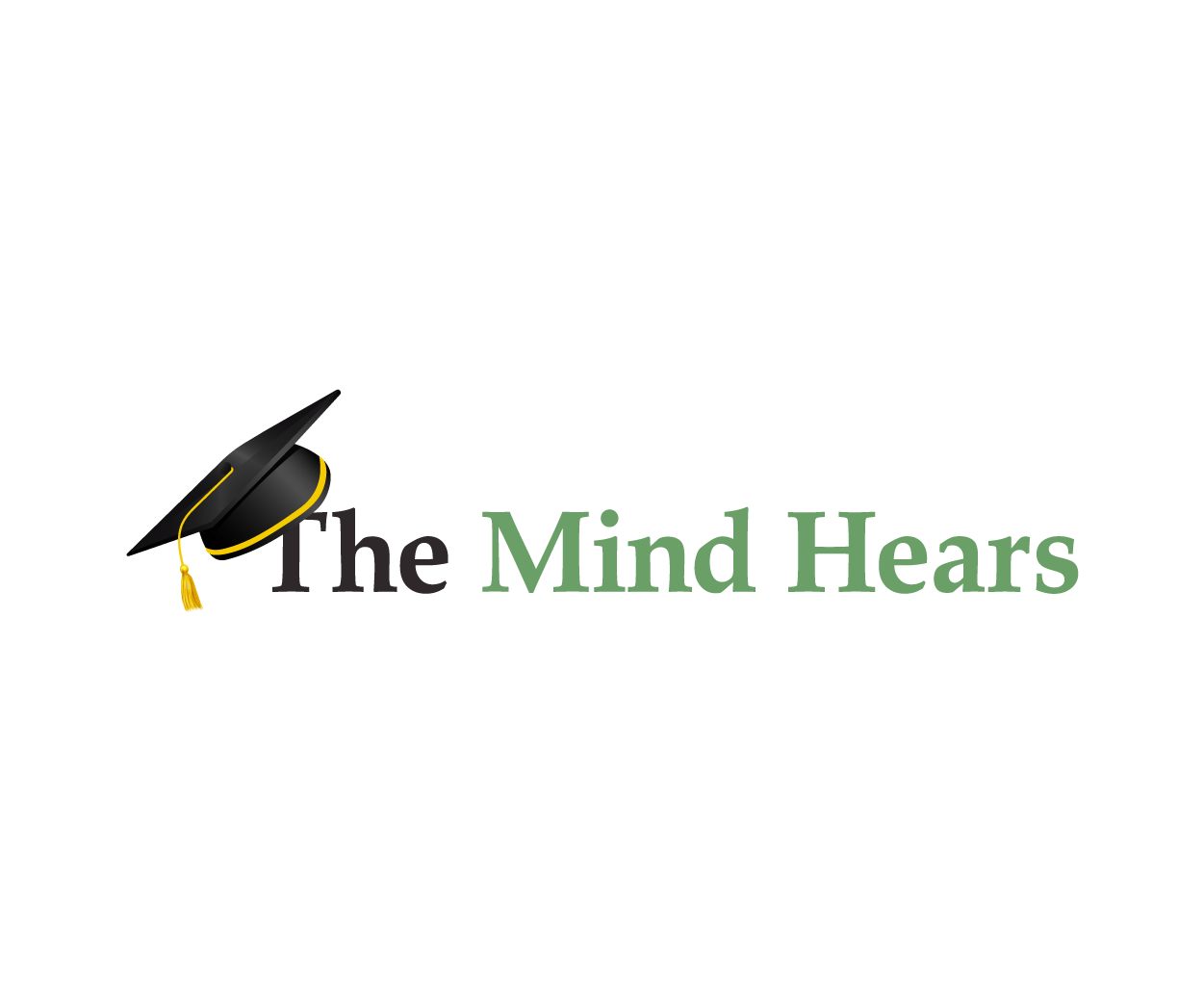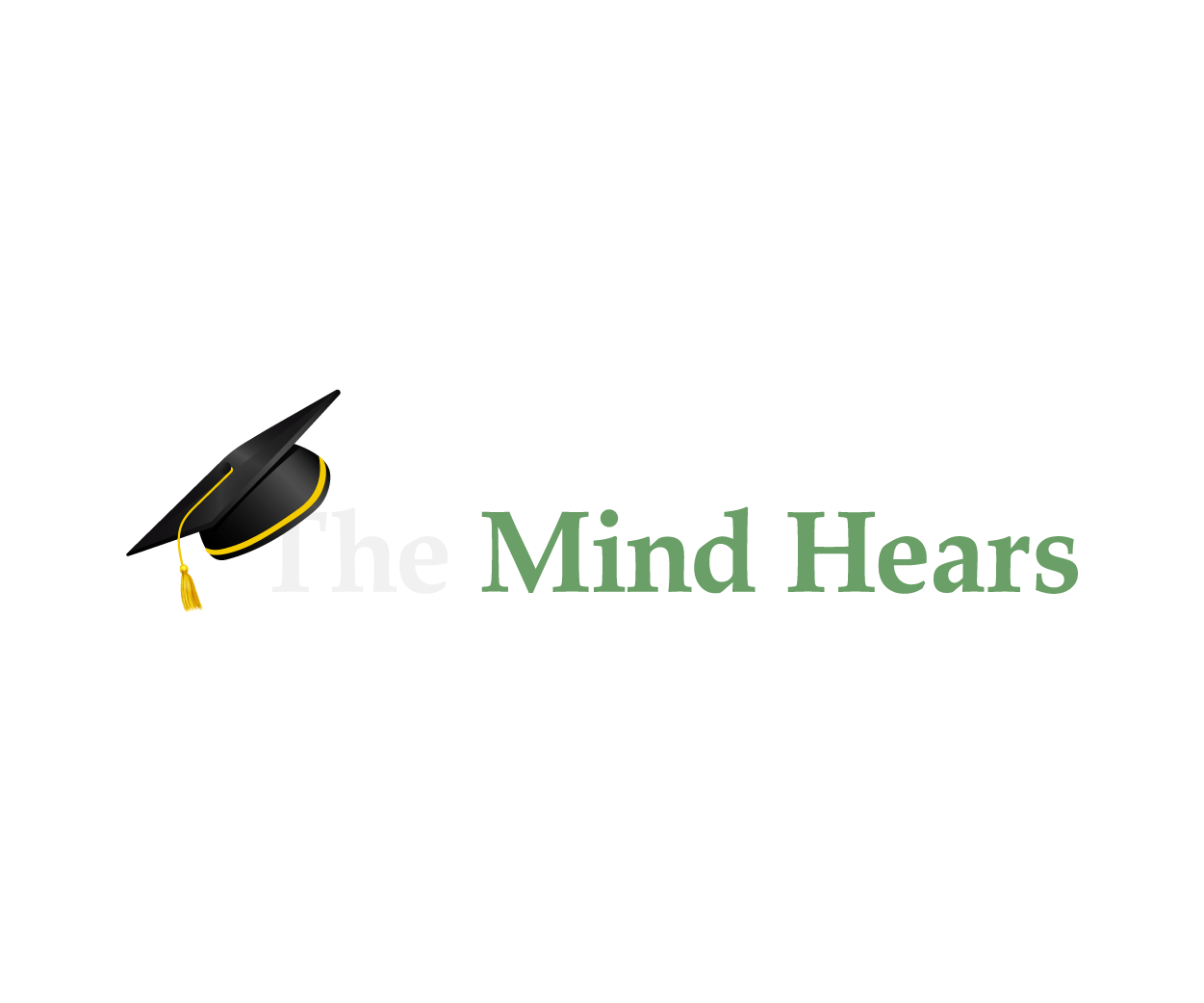deaf/HoH experiences
The Eight Faces – a deaf artist’s perspective on masks
At this moment, after 2 years of pandemic living, many COVID restrictions are being rolled back in the communities where we – Michele...
ByRyan SeslowMarch 10, 2022
teaching
Sudden Remote Teaching – Deaf/HoH
As we know, the reality of "just switching to video chat classes" is NOT easy even for a hearing person teaching hearing people...
ByRyan SeslowApril 22, 2020
careersteaching
Mandated equal opportunity hiring may not ensure equal considerations by hiring committees: A hypothetical scenario
-Ryan Imagine that you are a deaf/hard-of-hearing (HoH) person applying for a full-time academic position in a U.S. public institution of higher learning....
ByRyan SeslowSeptember 10, 2019
careersdeaf/HoH experiences
The more I missed, the more I made
My work habits are all about filling in the fear of how much I have been missing and have missed in this world.
ByRyan SeslowOctober 18, 2018











